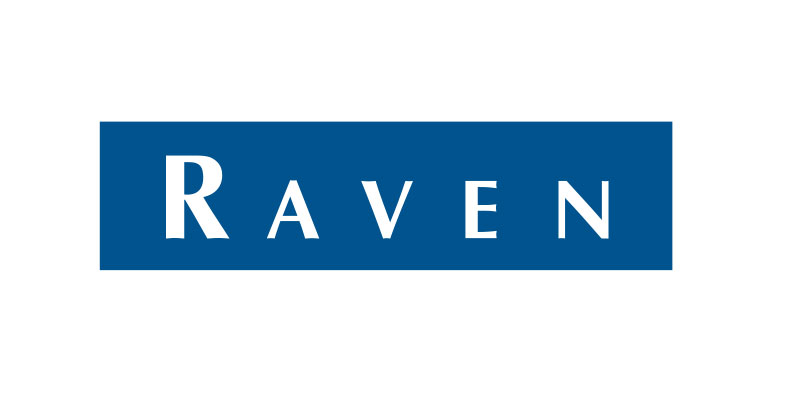How Indian Agritech Can Help Address Climate Risks
Almost all sections of society are vulnerable to climate change, but I would put smallholder farmers in the “severe” risk category, writes Hemendra Mathur at AgFunder News. Small and marginal farmers in India, with landholdings of less than two hectares, account for about 85% of the Indian farming population at approximately 120 million, with an average gross income of $1,500 per year. They have a huge challenge to derisk themselves from climate change as do the approximately 450 million smallholder farmers in other parts of the world.
Among the various climate-related risks, high dependence on ground and monsoon water for irrigation is a big risk factor for Indian agriculture. As per a study by Central Ground Water Board (CGWB), out of 5,723 groundwater assessment units in India, 839 are over-exploited and 226 are in a critical state, which can adversely impact the availability of water for millions of farmers. About 80% of the water consumed in India, estimated at 700 billion cubic meter (BCM), is for agricultural purposes compared to 55% in China. Indian agriculture also consumes 60% of groundwater resources, where the discharge rate is far higher than the charge rate. It is estimated that 50% of total borewells — about 45 million — will go dry in the next 10 years.
Solving for climate risk needs a holistic, collaborative approach through policy intervention, investment, and innovation. Here’s a look at the Indian agritech innovations developed in the last few years that are trying to address climate change risks. The disclaimer here is that most of these Indian agritech innovations are not developed with the sole intent to solve climate risks but essentially to improve farm and value chain economics. Having said that, innovations that improve economics are very much synergistic with the solutions needed to address climate risks.
Three climate risk-related Indian agritech categories:
MORE BY AGFUNDER NEWS
Cargill Open-Sources Splinter, Its ‘Blockchain-Like’ Supply Chain Software
- Building climate-predictive data-driven models
- Solutions for resource conservation
- Reducing carbon footprints
Continue reading at AgFunder News.









